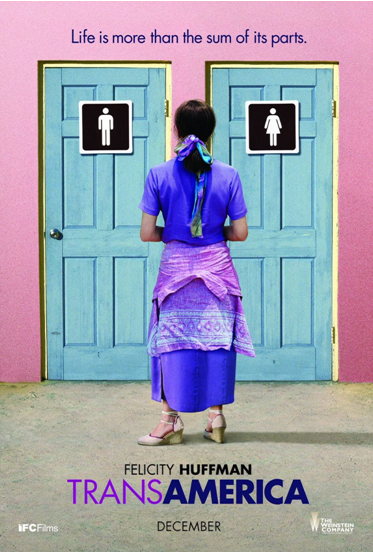Naomi and Katie sent in a link to a fabulous photo project in which typical model poses are reproduced in real life by real people. The photos, by Madrid-based artist Yolanda Dominguez, reveal just how distorted fashion, and expectations for women, have become. In an interview, Dominguez explains:
I tried to express what many women feel about women’s magazines and the image of women in the media – absurd, artificial, a hanger to wear dresses and bags, only concerned about being skinny, beautiful. We don’t identify with this type of woman – we are much more. I used the impossible poses to represent this type of woman and to show how absurd it is in a real context… [The] poses of the women are ridiculous – they seem dead, twisted, pulled. Why are men never put in these positions? They are always straight, successful, able and healthy… I try to express deep questions (sometimes dramatic) but always with irony and humour. I feel that when you can laugh at something you can get rid of it.
See more from Yolanda Dominguez at her website.
Lisa Wade, PhD is an Associate Professor at Tulane University. She is the author of American Hookup, a book about college sexual culture; a textbook about gender; and a forthcoming introductory text: Terrible Magnificent Sociology. You can follow her on Twitter and Instagram.

















